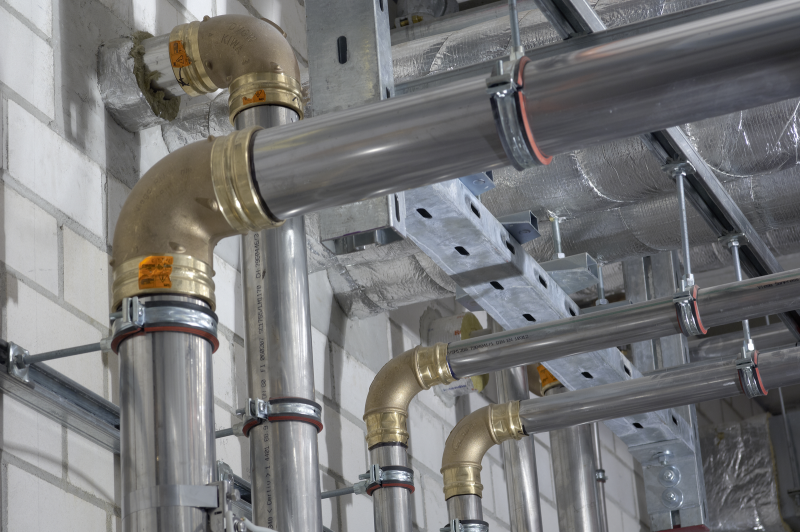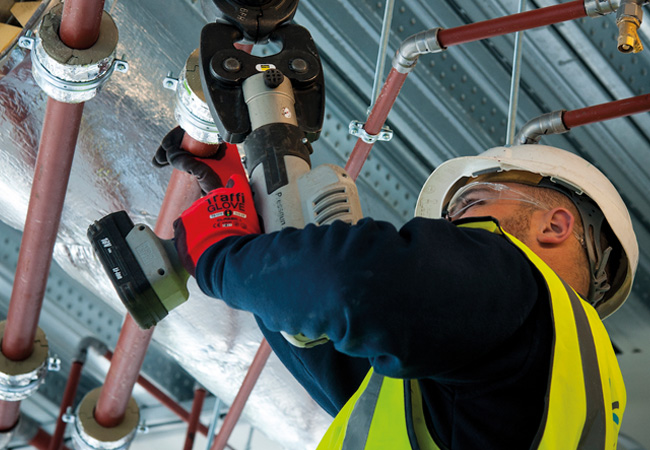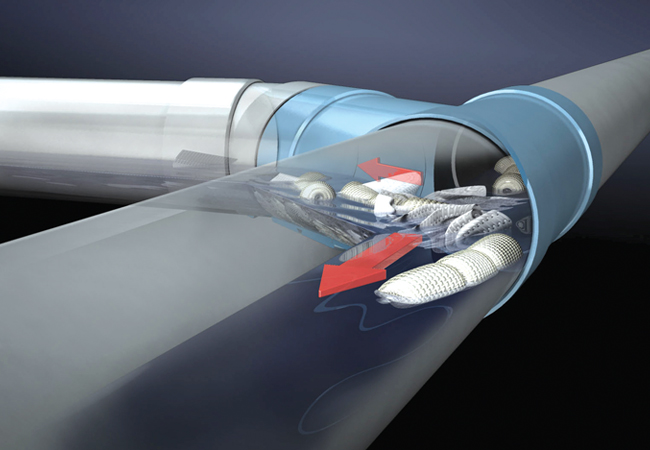
John Swaffield’s final book is a unique blend of engineering physics and practical application of free surface flow modelling. It looks at the challenge of climate change, and the opposing threats of increased rainfall intensity and too little water from reduced flow appliances and water-conservation initiatives.
Designing systems that cope with these changing loads will put outdated design procedures under strain. Current design methods are too rigid and abstract to deal fully with the vast range of possible scenarios.
Transient free surface flows in building drainage systems, by John Swaffield, with Michael Gormley, Grant Wright and Ian McDougall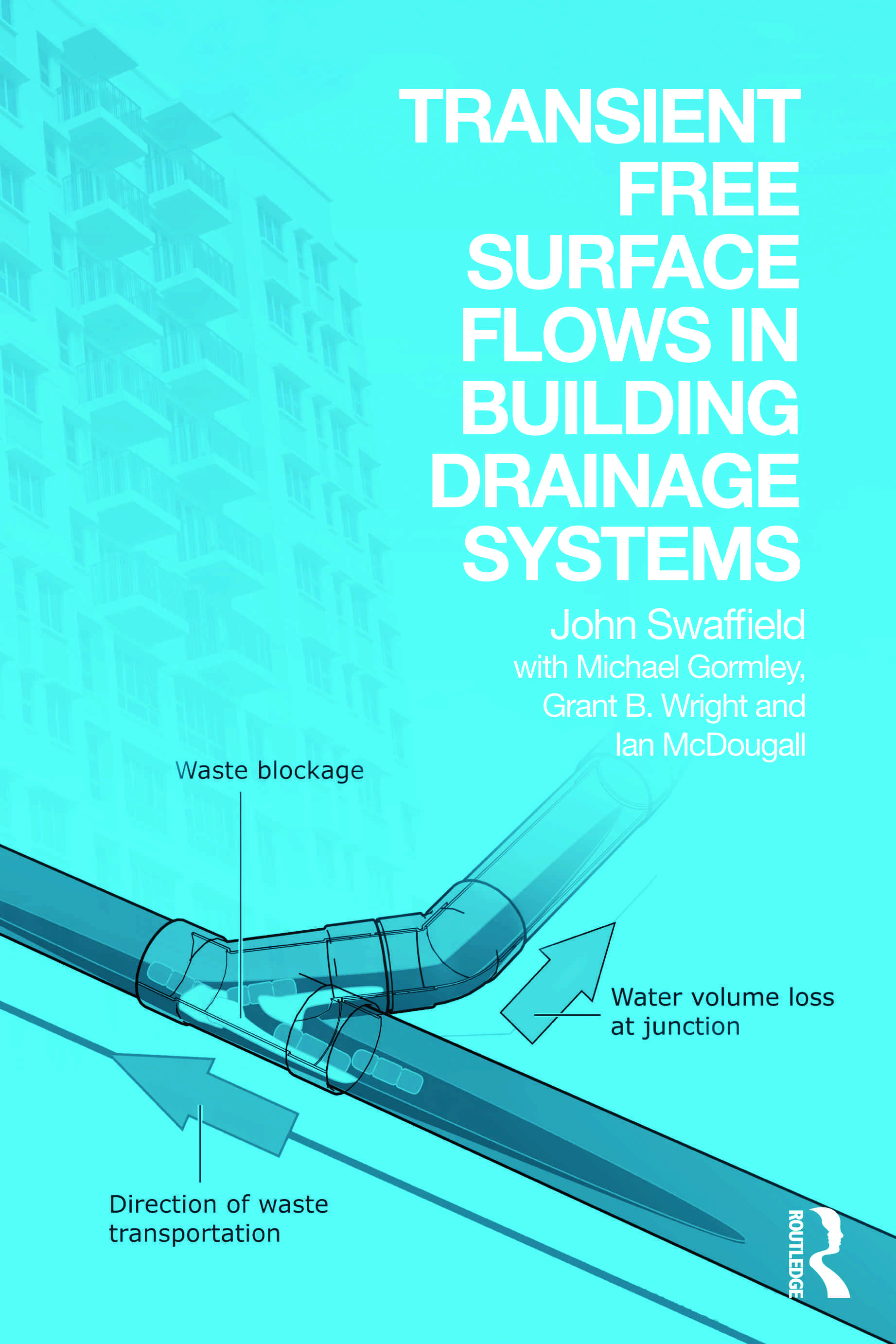
Transient Free Surface Flows in Building Drainage Systems contains all the physics relating to free surface modelling, solid transport prediction, wave attenuation, rainwater modelling and whole-system design.
It allows the reader to engage with the topic from an engineered design point of view. Practical case studies demonstrate the effectiveness of this method and show how designs can be modified to improve system performance, even under extreme conditions.
Climate change, urbanisation and the increasing complexity of sanitary engineering systems are among the greatest challenges facing public health engineers today. Current design methodologies, based on discharge and fixture units, have served the industry well, but perhaps at the expense of losing contact with the underlying building physics associated with their application.
For instance, reduced water-consuming appliances may not be accurately represented by methodologies based on data for older, much higher water-consuming appliances. An example is when a building code calls for a large pipe and the WCs attached to the system are low-flush volume. Here, there is a higher possibility of waste material being deposited in the large pipe where it can accumulate and cause a partial or full blockage. This is counterintuitive to most people; however, a sound understanding of the fluid mechanics associated with solid transport informs the engineer of the likely consequences.
The book provides a unique perspective on more than 40 years’ research and gives the reader enough information to understand, predict, design, analyse and criticise building drainage-system codes, regulations and designs – essential skills for a modern public health engineer.
At the centre of the approaches described in the book are the Saint-Venant equations of continuity and momentum. The defining unsteady flow equations of continuity and momentum were developed in the mid-19th century by Saint-Venant (1870) as a pair of quasi-linear hyperbolic partial differential equations that may be solved by a variety of numerical techniques. These equations are incorporated in a method of characteristics (MOC) solution technique.
The MOC is the main method adopted, but the book also describes alternative approaches to the solution of the governing equations, thereby giving the reader a full insight into the possible modelling methodologies available.
The methods described have been applied to the building drainage simulation models – Drainet, Airnet, Roofnet, Siphonet – which together form a comprehensive suite of simulation tools that can be used to assess and compare design solutions easily.
Urbanisation, climate change and the increasing complexity of sanitary engineering systems are among the challenges facing public health engineers
Dr Roy Hunter, who worked for the National Bureau of Standards (NBS) at the Department of Commerce, in Washington USA, produced the basis for the fixture unit and discharge unit methods in use today. These are based on steady-state hydraulics, and use probabilistic methods to assess demand on water supply and loading on a drainage system. The danger with steady-state and probabilistic approaches is that the engineer does not have to consider the underlying fluid mechanics of the problem, and the solution can be inflexible and devoid of innovation. Transient free surface flows in building drainage systems gives alternative methodologies, particularly where innovative solutions are called for and desirable.
The book also covers the numerical techniques necessary for the application of flow modelling to rainwater drainage systems, both conventional and siphonic. It starts with a brief overview of the operation of rainwater drainage systems, before going on to outline possible approaches to the simulation of conditions within such systems. Throughout, the underlying principles are illustrated through application of some of the many numerical models that have been developed over the past 20 years at Heriot Watt University, Edinburgh (FM4GUTT, Siphonet, Roofnet).
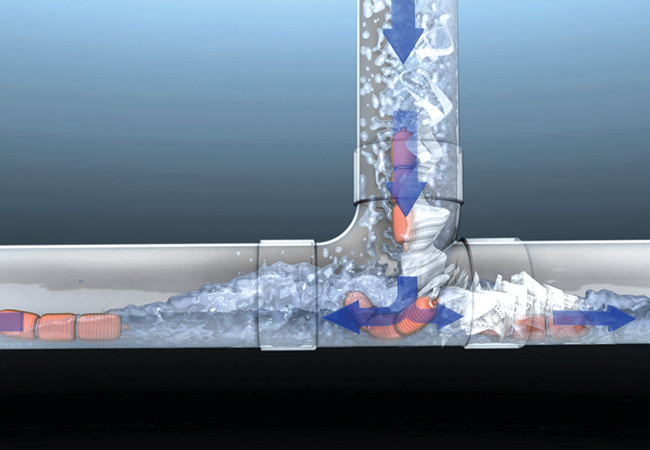
Flows at a 90° junction
Siphonic rainwater modelling poses many computational challenges because it includes transition from free surface modelling when the system runs conventionally, and full-bore modelling to describe system flows under siphonic conditions.
About John Swaffield
Swaffield retired as head of the School of the Built Environment at Heriot-Watt University in 2008, and was CIBSE President in from 2008-09. He then planned to publish two books covering the vast amount of research he had led in more than 40 years in industry and academia. The first of these, Transient airflows in building drainage systems, was published in 2010. In this celebrated book, he dealt with the mechanisms of air pressure transient generation, suppression and modelling in buildings, effectively collecting his work on this subject in a thoughtful, provocative way.
Swaffield then began work on Transient free surface flows in building drainage systems. Written as companion to the first, it was set to complete his treatise on modelling and mechanisms of all flows in building drainage systems. Sadly, Swaffield died before it could be finished. In late 2011, I and two of my colleagues at Heriot-Watt University – Grant Wright, a lecturer in civil engineering, and Ian McDougall, a computing officer – undertook the task of completing it, which presented a number of challenges.
First, there was the difficulty in piecing together the material Swaffield had left. We also wanted to maintain his voice; we were keen to make sure that his personality pervaded the text. The final challenge was trying to remain faithful to Swaffield’s opinions. We were acutely aware that we weren’t just finishing a book, but producing work that was to be his legacy in the important field of public health engineering.
Michael Gormley MCIBSE is senior lecturer in architectural engineering in the School of the Built Environment at Heriot-Watt University




